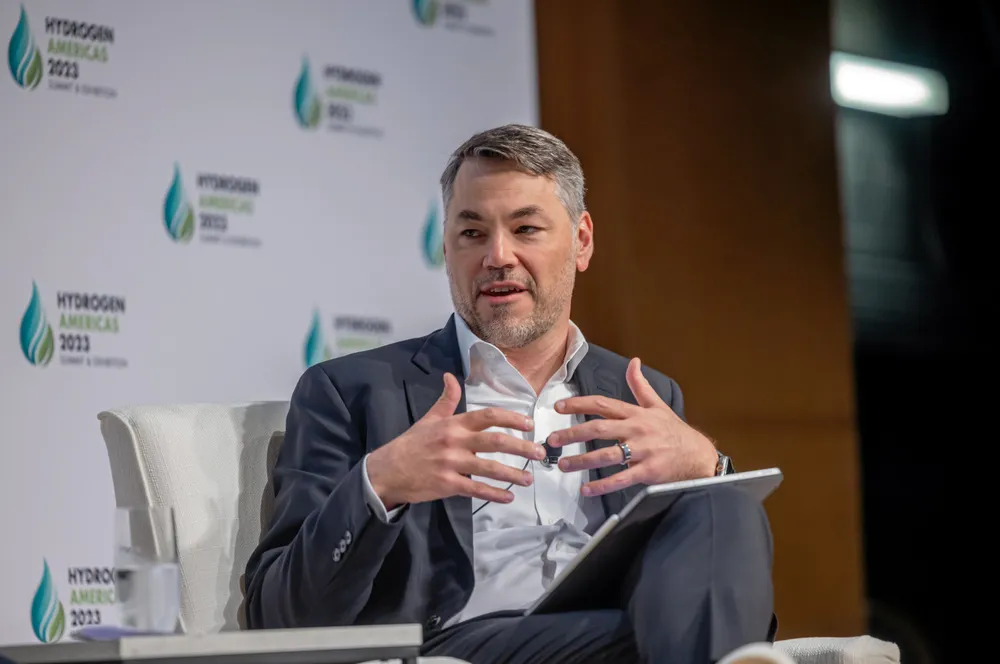Additionality rules for US green hydrogen 'are not unreasonable, they're the only way to pass the sniff test': developer
Better to put your projects ‘behind-the-meter’ in any case, Intersect Power tells incumbents BP and Linde

Better to put your projects ‘behind-the-meter’ in any case, Intersect Power tells incumbents BP and Linde
